Part 3: GONDALIERS DON’T SING AND NO ITALIAN WEDDING SOUP? A FIRST-TIMER’S DISCOVERY OF THE REAL ITALY.
THE POWER OF PRAYER AND GOVERNMENTS RULED ROME
Part 2 was the Sex, Lives And Jewelry Of Pompeii And Sorrento
ROME
Where we stayed:
I never tire of staying in former palaces converted to hotels. One such converted palace to hotel is the 110-room Empire Palace Hotel in Rome, originally built in 1879. Room sizes vary a lot. The floor and walls in our room and bathroom were marble. The shower wonderfully easy to operate, an appreciation you won’t understand unless you have used showers that require a pilot’s license for all the buttons and controls. The pillows were flat and hard. Downstairs, the onsite Blue Bar is a cozy venue with live music in the evening. Warning: when hotel signs indicate breakfast ends at 10:30, they do not mean a minute longer. The hotel is mere minutes from the Via Veneto, with many excellent restaurants nearby.
Where we dined and what we drank:
La Locanda di Bacco is just a few doors down from the Empire Palace Hotel. The meal and atmosphere were good enough that we ate there two nights in a row (especially after being worn out from the day’s sightseeing and walking). Te first night we were seated upstairs. The noise level, heat, and cramped space was not as pleasant as being downstairs we discovered the second night in this movie-perfect setting for an Italian restaurant, down to having wine bottles stacked against one wall. The wine the first night was a full-bodied red. Reminded us of a Sangiovese with notes of cherry. Low tannins. The second night we drank Tareni Nero d’Avola. The wine company, owned by Pellegrino, comes from Salemi and Mazara del Wallo, in the province of Trapani. Deep flavors. The grapes are 100% Nero d’Avola, considered one of the most important red wine grapes in Sicily and often compared to New World Shirazes. Deep flavors of plum and pepper, with sweet tannins. This is a wine we could drink anytime, even without food. I don’t recall the meals we had other than a parmesan risotto that was so tasty and bountiful that I had to stop myself from overeating.
The next day, under the possibility of rain fast approaching, my husband, Russ, and I chose a clear glass-enclosed rectangular restaurant located just outside the Hotel Imperiale, but which caters the meals for Ristorante Il Gazebo. Like many of the similarly-styled restaurants in this neighborhood and interspersed with umbrella-covered sidewalk cafes, this one has about 12 tables. We chose a soft Fossa Mala Sauvignon Blanc, with notes of elderflower, white peach and floral. For lunch I enjoyed a light Caesar salad with small pieces of seasoned chicken, pea-sized breadcrumbs, slices of parmesan cheese and a mix of arugula and romaine. No dressing was mixed in, but a tiny pot of seasoned mayo, oil and vinegar was given me to add as desired. I tried Roman-style prepared artichokes (Carciofo alla romana). The outer spiny leaves are removed, then the heart is steamed in butter and herbs. It was a bit too watery but I had been eager to try this signature Roman side dish. Russ had lasagna (Lasagna alla Bolognese), a very light variation without much cheese, but delicious all the same.
The final night in Rome we ate at La Bottega Ristorante, a restaurant around the corner from our hotel on Via Flavia that our tour friends, Don and Eileen, had discovered. The food was amazing. I ate every drop of my fresh salmon crusted with pistachio sauce (Salmone al forno con salsa di Pistacchio). Russ insists his steak covered in a green peppercorn sauce (Filetto di Manzo al pepe verde) turned out to be the best meat of the entire trip. Don and Eileen had Tagliolini con Tartufo nero e Porcini (pasta with mushrooms) and Saltimbocca Alla Romana, with Insalata finocchi, Arancia E Olive Verdi. The restaurant offers a cheese platter of local derivation. We asked for a platter to serve two, figuring we just wanted tastes. We ended up with a platter that could have served eight. The white cheeses included a parmesan cheese from red cow, one made with pistachio, another with nuts, one with truffle, and fresh Buffalo mozzarella with pepper.
What we saw:
It took two Popes and two Italian architects to complete the 85’ tall Trevi Fountain. Pope Clemens II first commissioned Nicola Salvi to build the project and 30 years later, it was Giuseppe Pannini who finished the project in 1762 under Pope Clemens III. Pontiffs were considered the King of Bridge-making, the most important role in society. The irony is that all the fountains in Rome are dedicated to pagan mythology gods of water. This one is no different. In a large niche central to the fountain is a statue of Neptune, god of the sea.
Everyone who has ever watched the 1953 romantic comedy Roman Holiday or the 1954 drama, Three Coins in the Fountain, knows that if you toss coins into the Trevi Fountain, you are sure to return to Rome. What I didn’t know until we were sandwiched between crowds of other tourists all vying for the right photo op (and early May is the slow season?) is that the movie has it all right. Oh, not the legend of the coin toss bringing you back to Rome, but how the whole ritual should be correctly done. Stand with your back to the fountain. Toss the coin over your right shoulder (destra = right) where angels sit, not your left as is depicted in the film. Italian Catholics believe the Devil sits on your left side (sinistra= left), so your return might be marked with misfortune. Speaking of misfortune, be really cautious about pickpockets. While you are focusing your camera, someone else might be focusing on your possessions.
Before entering the 55,000-seat Colosseum (originally built for 70,000 in 70 AD and finished in 80 AD), we walked by the Constantine Arch, the largest Arch in the world built at that time. After the fall of the Roman Empire, metals for weapons were needed and statues and structures were torn apart for recycling. The Colosseum was used as a quarry. When in use, there were 76 entrances and four special ones for Senators, the rich patrons, and an area for vestal virgins, who were charged to maintain the sanctity of Vesta, the goddess of the hearth. Each year, six vestal women from Noble families were chosen at age 10 to be chaste priestesses for 30 years. At 40 years old, those virgins could marry, but most were “disappeared” to be sure no secrets were spilled.
Rome had the oldest Jewish community in the world before the Diaspora (exile).
We visited the temples of the Augustus Roman Forum, once the seat of Rome’s political power. We saw the Arch of Titus, the oldest and smallest arch built in Rome. The center of the arch is original and the rest renovated. Estimates are that it’s 2,000 years old. Surrounding the rectangular Forum are the House of the Vestal Virgins, remnants of the Castor & Pollex building, the Senate House and nearby, the Temple of Venus.
Near to the Forum is a building Italians (snidely) refer to as ‘the wedding cake” due to its layered design. Built between 1885 and 1911 to celebrate the uniting of Italy as a nation, it was dedicated to the first King of all Italy, Vittorio Emanuele II. He told the pope “You can have anything in the Vatican, but Italy is mine.” This earmarked the first significant division between religion and politics.
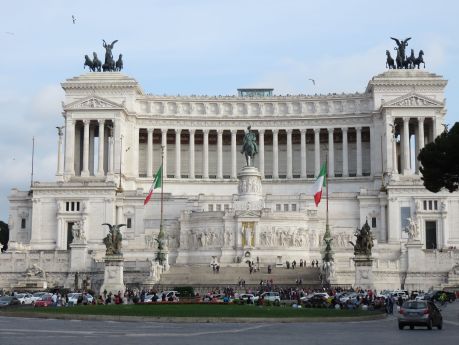
Romans call it The Wedding Cake, a building dedicated to Vittorio Emanuele II, the first King of all Italy
The Pantheon, now called St Mary’s of Martyrs, is dedicated to Marcus Agrippa, who commissioned it during the reign of Augustus (27 BC – 14 AD) Originally a temple and now a church, the Pantheon means “to all gods.” The building is remarkable for its coffered concrete dome with a central oculus. It was the first free-standing double dome in the world. Both facets were considered engineering marvels of their time. Romans are credited with having created concrete, used for the dome. Nearly 2,000 years after its construction, the Pantheon’s dome is still the world’s largest unreinforced concrete dome. The method the oculus is constructed forces incoming rain to be diverted elsewhere, so the interior of the Pantheon rarely gets wet.
We quickly visited (no admission fee) the Church of St. Louis of the French, a Roman Catholic church not far from Piazza Navona and which contains three paintings by Caravaggio. We were impressed by his technique of how light and dark highlights important scene details. Friends and other painters were the models for his male subjects. The women in his paintings were based on well-known prostitutes. Dedicated to the Virgin Mary, St. Denis the Areopagite and St. Louis IX, king of France, the church was designed by Giacomo della Porta and built by Domenico Fontana between 1518 and 1589, thanks to the personal intervention of Catherine de’ Medici. It is France’s national church in Rome.
Also in Piazza Navona is a massive Fountain of the Four Rivers (Fontana dei Quattro Fiumi). Designed in 1651 by Gian Lorenzo Bernini for Pope Innocent X (whose family palace faced onto the piazza), the four main figures represent the four known continents of the time: Africa, Asia, Europe and America.
Thanks to the power of our tour company, Odysseys Unlimited, and their advanced reservations, our group had fast access to the Vatican, Sistine Chapel, and St. Peter’s Basilica, revered as the most important church in Christendom and containing Michelangelo’s Pieta. Here’s what you should know: getting into any of these places requires security similar to an airport. Don’t bother trying to bring your backpack or large bag. The places are packed tight with people. Not everyone is allowed into the Sistine Chapel and time is strictly monitored. So is noise level. Guards persistently yelled for silence. You also are not allowed to take photos or video, even without flash. Our guide had given us a briefing on what we would see, making our time spent more useful in identifying which murals on which we individually might want to focus. Alas, the close quarters make the Vatican one of the top places to be pickpocketed, so just be cautious.
What we learned:
I was surprised to learn Italy didn’t become a country until 1861. Before then, it was comprised of city states that still competed heavily with one another for power and control.
The Spanish Steps in Rome are actually a misinterpretation, we were told by our effervescent Tour Guide Elizabeth. The story is long and complicated (what country’s history isn’t?) but the quick version is that France and Spain battled for control. Because the roughly 135 steps (controversy over how they are counted) are located in Piazza di Spagna at the base, it has been incorrectly identified as The Spanish Steps. The Trinità dei Monti church at the top was under the patronage of the Bourbon kings of France. I have now researched more about the confusion on the naming, but find the story too convoluted to succinctly convey. What’s important is that these steps, which the Italians call Steps of Trinity of the Mountain, are featured in numerous moves, books and songs.
No matter the directions given us and even with my map-savvy husband perusing more than one map, finding our way around Rome was not easy. The maps are incorrect. Signage is poor. There are many museums to see: Roman Museum of Antiquities, Borghese, the National Museum of Rome, and the Crypt of Cappuchins (just like the Chapel of Bones we saw in Spain), but we were too fascinated by walking the streets, viewing amazing architecture, and people-watching to go to museums with our limited time. Actually, we did try to get into the Borghese Gallery, unaware that you need to have reservations many weeks or months in advance. Instead we strolled through the Borghese’s extensive gardens.
There are many churches throughout Italy named for St. Mary, but underneath those foundations are the remains of pagan temples dedicated to Minerva, the Roman goddess of wisdom and strategic warfare, and the sponsor of arts, trade, and strategy. Thus, these churches are referred to as St. Mary Over Minerva.
Next in PART 4 – MEDIEVAL CITY FACED CHEMICAL WARFARE AND PEACE MAKERS WAGE WAR AGAINST POVERTY IN ORVIETO AND ASSISI
www.empirepalacehotel.com
www.lalocandadibacco.com
www.ristoranteilgazebo.com
www.labottegaristorante.it
www.villaborghese.it
Karen Kuzsel is a writer-editor based in the Orlando area who specializes in the hospitality, entertainment, meetings & events industries. She is an active member of ILEA and MPI and is now serving on the 2017 – 2018 MPI Global Advisory Board for The Meeting Professional Magazine for the third consecutive year. She is a member of the Society of Professional Journalists. Karen writes about food & wine, spas, destinations, venues, meetings & events. A career journalist, she has owned magazines, written for newspapers, trade publications, radio and TV. As her alter-ego, Natasha, The Psychic Lady, she is a featured entertainer for corporate and social events. karenkuzsel@earthlink.net; www.ThePsychicLady.com; @karenkuzsel; @thepsychiclady.
Photos by Russ Wagner, a retired government planner/builder who has a passion for trains, travel and taking photographs.

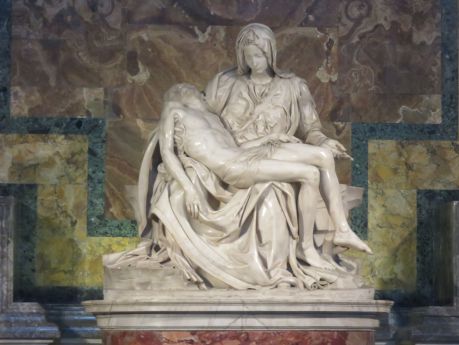
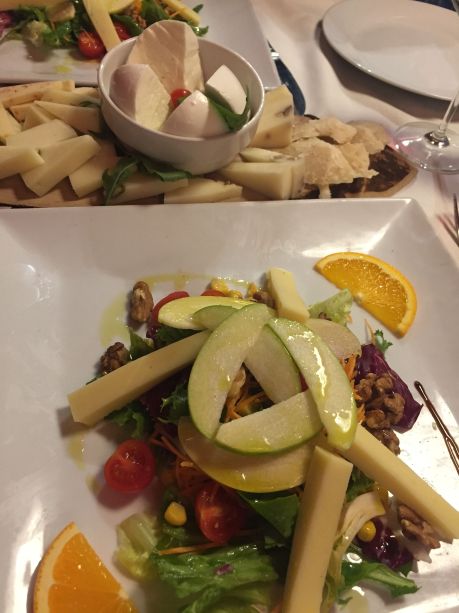



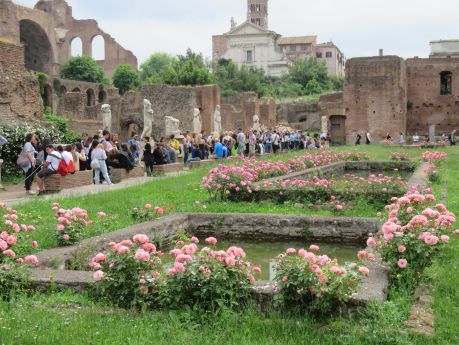

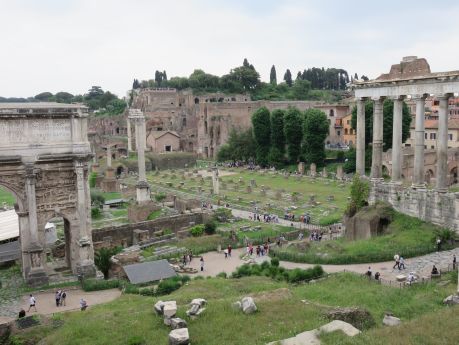
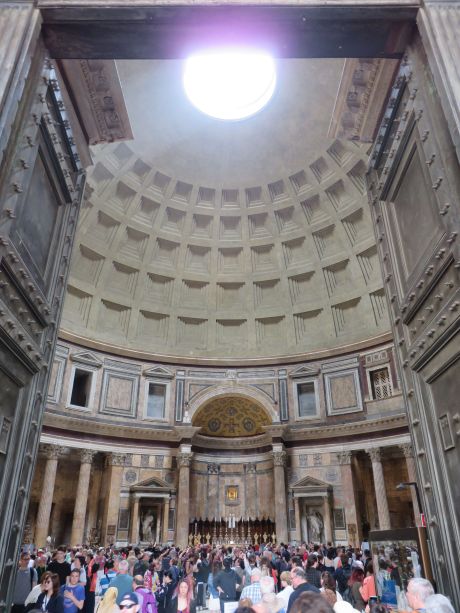



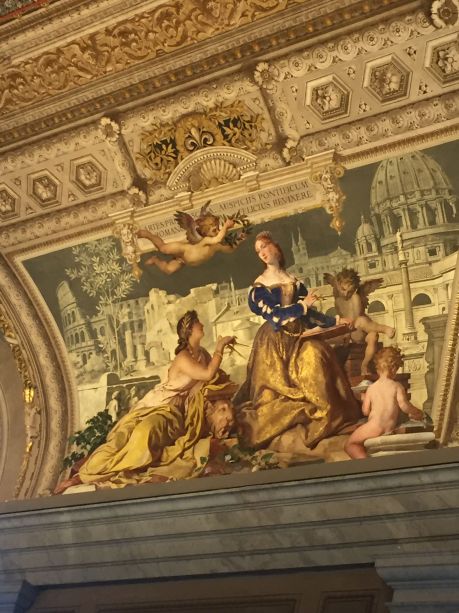



Leave a Reply
Want to join the discussion?Feel free to contribute!